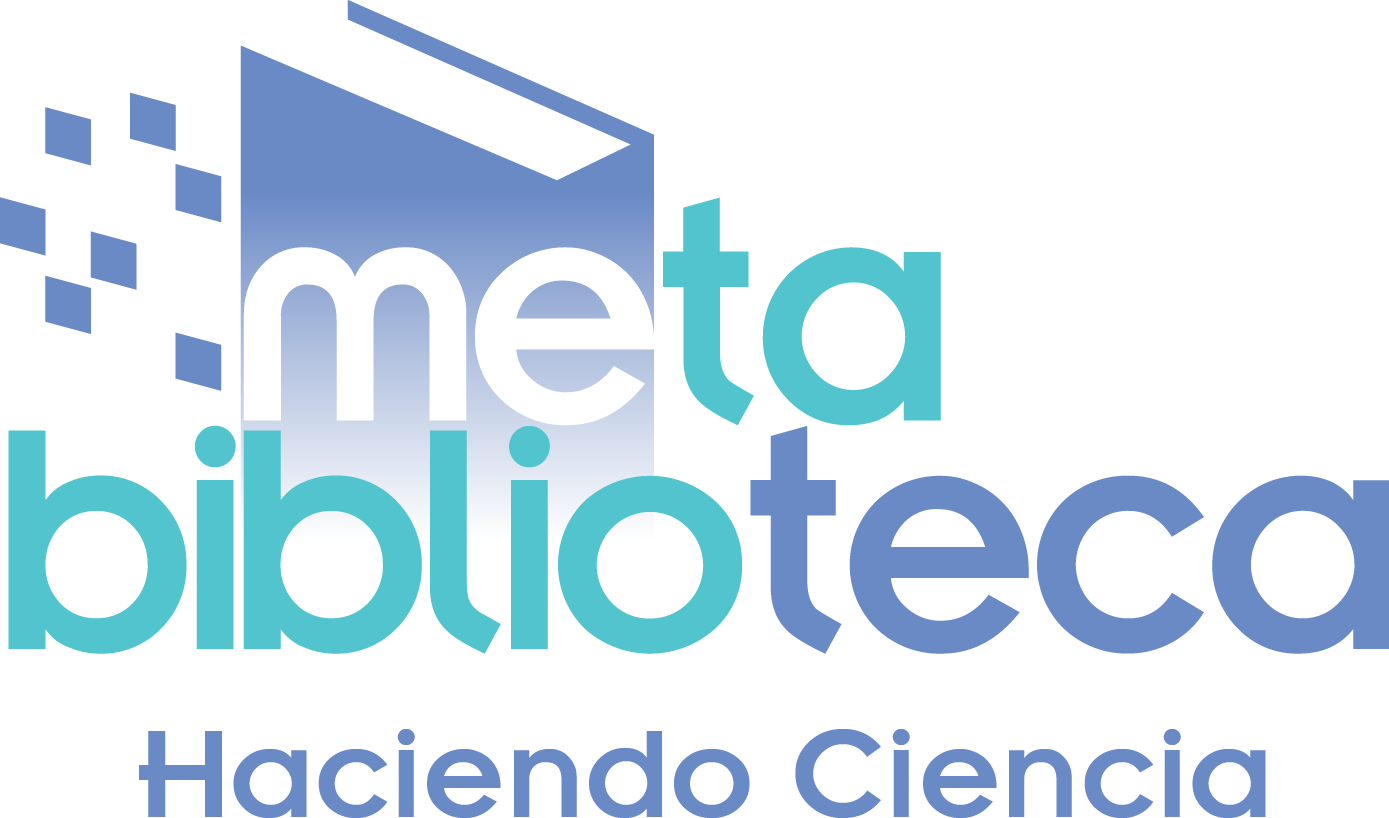Intensidad de dosis relativa de la quimioterapia neoadyuvante en pacientes ancianas con cáncer de mama.
Relative dose intensity of the neoadjuvant chemotherapy in elderly patients with breast cáncer.

Esta obra está bajo una licencia internacional Creative Commons Atribución-NoComercial-CompartirIgual 4.0.
Mostrar biografía de los autores
Antecedentes: el cáncer de mama es de los tumores malignos más frecuentes en el mundo. En la población mayor de 65 años se aglomeran la mayoría de las muertes y de supervivientes por esta enfermedad. Objetivos: describir la intensidad de dosis de la quimioterapia neoadyuvante en ancianas, los factores que la modifican o las consecuencias de alcanzar una intensidad de dosis subóptima. Materiales y métodos: se realizó un estudio observacional descriptivo retrospectivo. El objetivo principal fue describir la intensidad de dosis relativa de la quimioterapia neoadyuvante en pacientes mayores de 65 años con cáncer mamario del Instituto Nacional de Cancerología que recibieron quimioterapia neoadyuvante entre agosto de 2013 y septiembre de 2015 mediante la revisión de historias clínicas. Se estimó la intensidad de dosis sumatoria de la quimioterapia con base en la fórmula de Hryniuk. Se hizo un análisis exploratory bivariado para evaluar factores asociados a la intensidad de dosis. Resultados: entre agosto de 2013 y septiembre de 2015 se presentaron 72 pacientes que cumplían los criterios de inclusión y exclusión. El 44,4% se presentaron en estadio IIIB. El esquema de quimioterapia más utilizado fue el AC-T con un 45,8%, un 38,8% de las pacientes tuvieron una intensidad de dosis ≥85%. La tasa de respuesta patológica completa global fue de un 16,39%. La respuesta patológica completa fue más alta en pacientes con sobreexpresión HER2 23,5%, en triple negativo fue del 23% y luminal del 11,36%. Conclusión: en este estudio se mostró que las ancianas reciben con frecuencia una intensidad de dosis de la quimioterapia neoadyuvante subóptima. Adicionalmente, se observó una tendencia a que las ancianas con intensidad de dosis baja mostraran disminución en la respuesta patológica completa, en especial los tumores más sensibles a la quimioterapia citotóxica.
Visitas del artículo 324 | Visitas PDF 305
- Bray F, Ferlay J, Soerjomataram I, et al. Global cancer statistics 2018: Globocan estimates of incidence and mortality worldwide for 36 cancers in 185 countries. CA Cancer J Clin. 2018; 68:394-424.
- Bray F, Ren J-S, Masuyer E, Ferlay J. Global estimates of cáncer prevalence for 27 sites in the adult population in 2008. International Journal of Cancer. 2013;132(5):1133-45.
- Colombia, Ministerio de Salud y Protección Social. Análisis de Situación de Salud (ASIS) Colombia 2015. Ministerio de Salud y Protección Social; 2015.
- OMS. Informe mundial sobre el envejecimiento y la salud [Internet]. WHO. [cited 2016 jul 27]. Disponible en: http://www.who.int/ageing/publications/world-report-2015/es/
- Smith BD, Smith GL, Hurria A, et al. Future of cancer incidence in the United States: burdens upon an aging, changing nation. J Clin Oncol. 2009;27:2758-65.
- Karuturi M, VanderWalde N, Muss H. Approach and management of breast cancer in the elderly. Clin Geriatr Med. 2016;32(1):133-53.
- VanderWalde A, Hurria A. Early breast cancer in the older woman. Clin Geriatr Med. 2012;28(1):73-91.
- Schairer C, Mink PJ, Carroll L, Devesa SS. Probabilities of death from breast cancer and other causes among female breast cancer patients. J Natl Cancer Inst. 2004 sep 1;96(17):1311-21.
- Goodwin JS. Factors affecting the diagnosis and treatment of older persons with cancer. In: Balducci L, Lyman GH, Ershler WB. Comprehensive geriatric oncology. London: Harwood; 1998. p. 115-21.
- Samet JM, Junt WC, Key C, Humble C, Goodwin JS. Choices of cancer therapy varies with age of patient. JAMA. 1986;255: 3385-90.
- Turner NJ, Haward RA, Mulley GP, Selby PJ. Cancer in old age - is it inadequately investigated and treated? BMJ.1999;319:309-12.
- Owusu C, Lash TL, Silliman RA. Effect of undertreatment on the disparity in age-related breast cancer-specific survival among older women. Breast Cancer Res Treat. 2007;102(2):227-36.
- Allemani C, Storm H, Voogd AC, Holli K, Izarzugaza I, TorrellaRamos A, et al. Variation in “standard care” for breast cáncer across Europe: a Eurocare-3 high resolution study. Eur J Cancer. 2010;46(9):1528-36.
- Mauri D, Pavlidis N, Ioannidis JPA. Neoadjuvant versus adjuvant systemic treatment in breast cancer: a meta-analysis. J Natl Cancer Inst. 2005;97(3):188-94.
- Van der Hage JA, Van de Velde CJ, Julien JP, Tubiana-Hulin M, Vandervelden C, Duchateau L. Preoperative chemotherapy in primary operable breast cancer: results from the European Organization for Research and Treatment of Cancer Trial 10902. J Clin Oncol. 200;19(22):4224-37.
- Gralow JR, Burstein HJ, Wood W, Hortobagyi GN, Gianni L, von Minckwitz G, et al. Preoperative therapy in invasive breast cancer: pathologic assessment and systemic therapy issues in operable disease. J Clin Oncol. 2008;26(5):814-9.
- Kaufmann M, Hortobagyi GN, Goldhirsch A, Scholl S, Makris A, Valagussa P, et al. Recommendations from an international expert panel on the use of neoadjuvant (primary) systemic treatment of operable breast cancer: an update. J Clin Oncol. 2006;24(12):1940-9.
- Hryniuk W, Frei E, Wright FA. A single scale for comparing doseintensity of all chemotherapy regimens in breast cancer: summation dose-intensity. J Clin Oncol. 1998;16(9):3137-47.
- Bonadonna G, Valagussa P. Dose-response effect of adjuvant chemotherapy in breast cancer. N Engl J Med. 1981;304(1):10-5.
- Hryniuk W, Levine MN. Analysis of dose intensity for adjuvant chemotherapy trials in stage II breast cancer. J Clin Oncol. 1986;4(8):1162-70.
- Chirivella I, Bermejo B, Insa A, Pérez-Fidalgo A, Magro A, Rosello S, et al. Optimal delivery of anthracycline-based chemotherapy in the adjuvant setting improves outcome of breast cáncer patients. Breast Cancer Res Treat. 2009;114(3):479-84.
- Oladipo O, Coyle V, McAleer JJ, McKenna S. Achieving optimal dose intensity with adjuvant chemotherapy in elderly breast cancer patients: a 10-year retrospective study in a UK institution. Breast J. 2012;18(1):16-22.
- Franceschini G, Terribile D, Magno S, Fabbri C, D’Alba PF, Chiesa F, et al. Update in the treatment of locally advanced breast cancer: a multidisciplinary approach. Eur Rev Med Pharmacol Sci. 2007;11(5):283-9.
- Shahrokni A, Wu AJ, Carter J, Lichtman SM. Long-term toxicity of cancer treatment in older patients. Clin Geriatr Med.2016;32(1):63-80.
- Fisher B, Bryant J, Wolmark N, Mamounas E, Brown A, Fisher ER, et al. Effect of preoperative chemotherapy on the outcome of women with operable breast cancer. J Clin Oncol. 1998;16(8):2672-85.
- Bear HD, Anderson S, Brown A, Smith R, Mamounas EP, Fisher B, et al. The effect on tumor response of adding sequential preoperative docetaxel to preoperative doxorubicin and cyclophosphamide: preliminary results from National Surgical Adjuvant Breast and Bowel Project Protocol B-27. J Clin Oncol. 2003;21(22):4165-74.
- Chagpar AB, Middleton LP, Sahin AA, Dempsey P, Buzdar AU, Mirza AN, et al. Accuracy of physical examination, ultrasonography, and mammography in predicting residual pathologic tumor size in patients treated with neoadjuvant chemotherapy. Ann Surg. 2006;243(2):257-64.
- Semiglazov VF, Semiglazov VV, Dashyan GA, Ziltsova EK, Ivanov VG, Bozhok AA, et al. Phase 2 randomized trial of primary endocrine therapy versus chemotherapy in postmenopausal patients with estrogen receptor-positive breast cancer. Cancer. 2007;110(2):244-54.
- Cortazar P, Zhang L, Untch M, Mehta K, Costantino JP, Wolmark N, et al. Pathological complete response and long-term clinical benefit in breast cancer: the CTNeoBC pooled analysis. Lancet. 2014;384(9938):164-72.
- Colleoni M, Viale G, Zahrieh D, Pruneri G, Gentilini O, Veronesi P, et al. Chemotherapy is more effective in patients with breast cancer not expressing steroid hormone receptors. Clin Cancer Res. 2004;10(19):6622-8.
- Robidoux A, Tang G, Rastogi P, Geyer CE, Azar CA, Atkins JN, et al. Lapatinib as a component of neoadjuvant therapy for HER2-positive operable breast cancer (NSABP protocol B-41): an open-label, randomised phase 3 trial. Lancet Oncol. 2013 nov;14(12):1183-92.
- Gianni L, Eiermann W, Semiglazov V, Manikhas A, Lluch A, Tjulandin S, et al. Neoadjuvant chemotherapy with trastuzumab followed by adjuvant trastuzumab versus neoadjuvant chemotherapy alone, in patients with HER2-positive locally advanced breast cancer (the NOAH trial): a randomised controlled superiority trial with a parallel HER2-negative cohort. Lancet. 2010;375(9712):377-84.
- Untch M, Loibl S, Bischoff J, Eidtmann H, Kaufmann M, Blohmer J U, et al. Lapatinib versus trastuzumab in combination with neoadjuvant anthracycline-taxane-based chemotherapy (GeparQuinto, GBG 44): a randomised phase 3 trial. Lancet Oncol. 2012;13(2):135-44.
- Faneyte IF, Schrama J G, Peterse JL, Remijnse PL, Rodenhuis S, van de Vijver MJ. Breast cancer response to neoadjuvant chemotherapy: predictive markers and relation with outcome. Br J Cancer. 2003;88(3):406-12.
- Broglio KR, Quintana M, Foster M, Olinger M, McGlothlin A, Berry SM, et al. Association of pathologic complete response to neoadjuvant therapy in HER2-positive breast cancer with long-term outcomes: a meta-analysis. JAMA Oncol. 2016;2(6):751-60.










